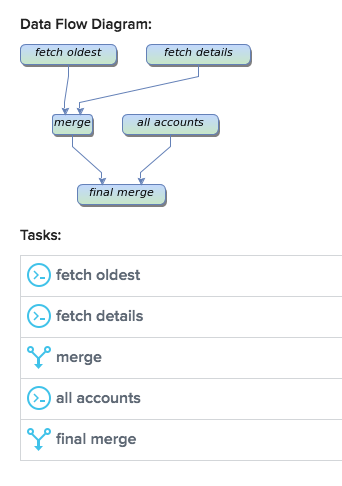Question
Pulling the latest timeline notes for a specific activity type
I'm attempting to create a report that pulls in company data along with activity timeline data that would show the notes for the latest activity of type 'X'. In order to get the maximum activity date for that specific activity type, there has to be a 'by' clause but then that prevents one from bringing in any string fields, specifically the notes field, which I realize can't be included in a report if there's a 'by' statement.
My use case for this is that i'm trying to replicate the customers tab in a report, since that tab will soon be deprecated.
Thanks for any information you may have.
My use case for this is that i'm trying to replicate the customers tab in a report, since that tab will soon be deprecated.
Thanks for any information you may have.
Sign up
If you ever had a profile with us, there's no need to create another one.
Don't worry if your email address has since changed, or you can't remember your login, just let us know at community@gainsight.com and we'll help you get started from where you left.
Else, please continue with the registration below.
Welcome to the Gainsight Community
Enter your E-mail address. We'll send you an e-mail with instructions to reset your password.



